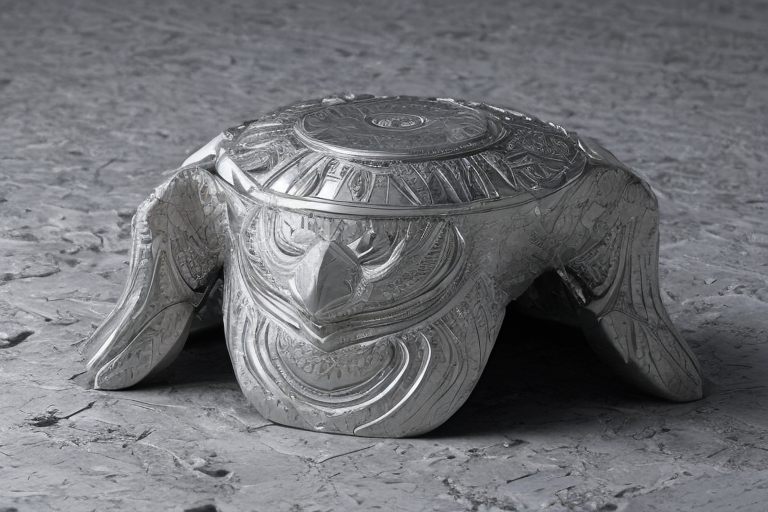Newly deciphered texts from ancient scrolls discovered in Herculaneum may have revealed the location where Greek philosopher Plato was buried as well as his thoughts on music played at his deathbed. The so-called Herculaneum papyrus scrolls, which were charred after being buried under layers of volcanic ash following the eruption of Mount Vesuvius in 79 AD, continue to be studied by experts using artificial intelligence and other technologies. Plato is now believed to have been laid to rest in a secret garden near the sacred shrine dedicated to Muses inside the Platonic Academy of Athens that had previously only been known as his burial place. The texts also provide further insight into how he felt about music played during his final moments, revealing that despite running a high fever on his deathbed, he found the flute playing by a slave woman from Thrace to have “scant sense of rhythm”. Other fragments help paint clearer images of various facets regarding Plato’s Academy and ancient history. These findings come after more than 1000 words – around 30% of the text – were deciphered using AI, optical coherence tomography (OCT), an imaging technique, and infrared hyperspectral imaging technology to read previously hidden texts from the papyri that had been partially destroyed. The project was funded by a €2.5 million ($2.7million) grant awarded last year for its five-year duration titled “The Greek Schools Project”.
New Discoveries Reveal Plato’s Burial Place and Musical Preferences from Ancient Scrolls in Herculaneum
•
Recent Posts
Advertisement
Advertisement example


Leave a Reply